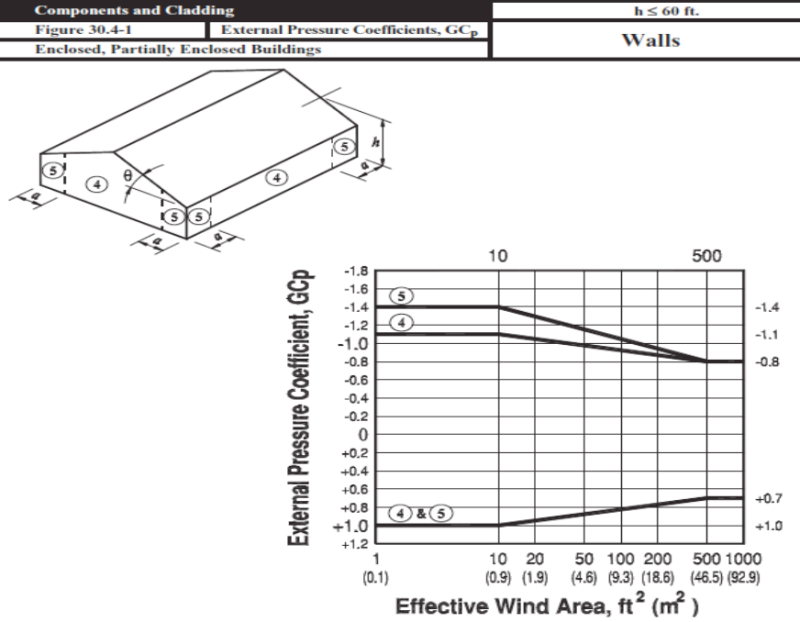Iasonasx
Structural
- Jun 18, 2012
- 119
I wonder if there are equations for the GCP external pressure coefficient. I am not really fond of the idea of using a graph like this one:


Follow along with the video below to see how to install our site as a web app on your home screen.
Note: This feature may not be available in some browsers.
